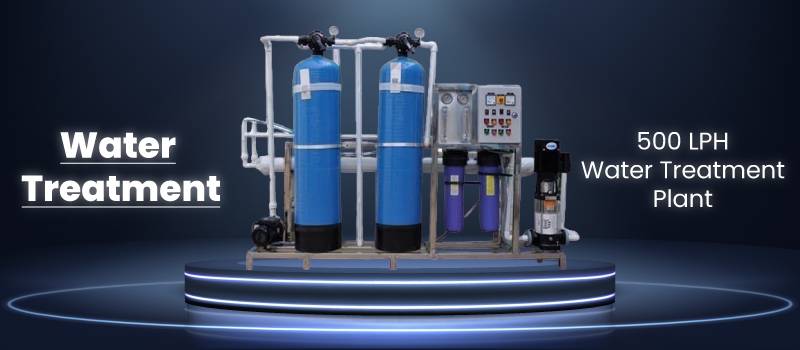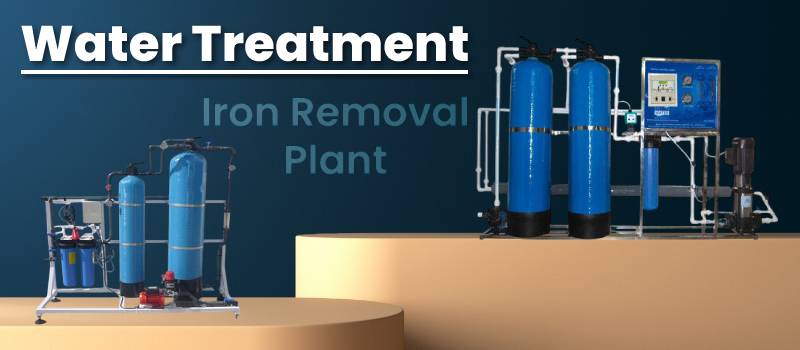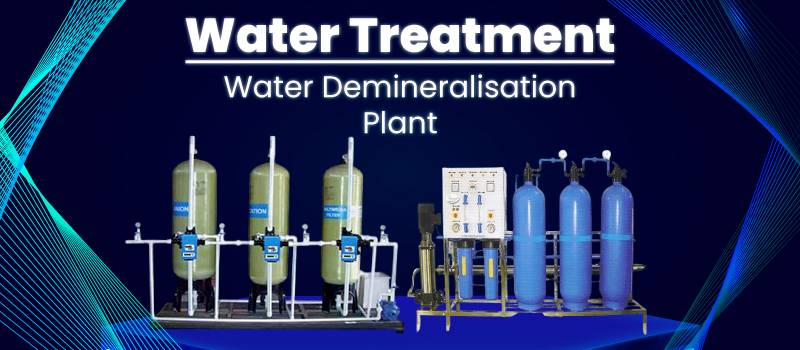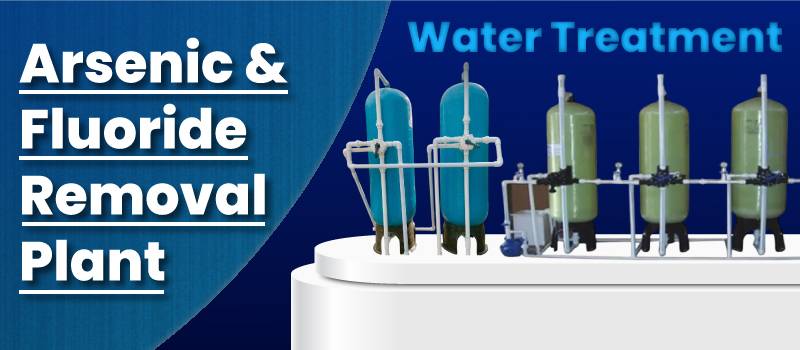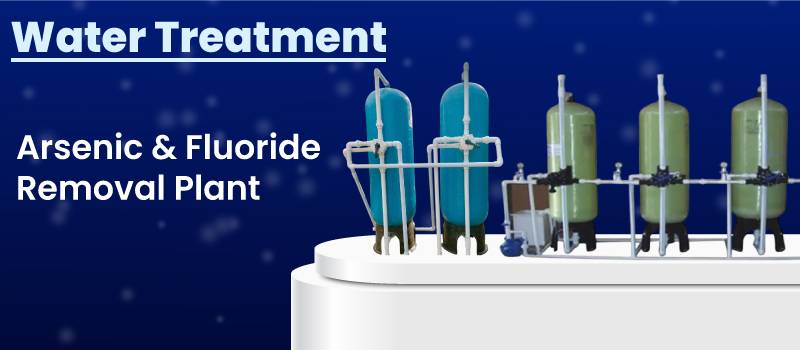Water Treatment System in Madhya Pradesh
RO Water Treatment: The Key to Clean and Safe Drinking Water
Clean drinking water is essential for health and daily living, yet increasing pollution, industrial expansion, and declining natural resources make access to pure water more challenging than ever. This is where RO water treatment stands out. It has become one of the most reliable and advanced solutions for ensuring that every drop of water—whether at home, in a workplace, or at a commercial site—is safe, fresh, and contaminant-free.
Today, RO technology is used in homes, offices, hotels, industries, and institutions because it offers consistent purification with minimal maintenance. Whether you need a small kitchen purifier or a large RO water treatment plant, this technology guarantees dependable protection from impurities and harmful substances.
Understanding RO Water Treatment
Reverse Osmosis (RO) is an advanced purification process that eliminates dissolved salts, harmful chemicals, heavy metals, and microorganisms. Unlike simple filters, an RO plant uses a semi-permeable membrane that allows only clean water molecules to pass through. This results in purified, odor-free, and fresh-tasting water suitable for drinking, cooking, or general use.
RO technology works effectively with multiple water sources, including municipal supply, borewell water, and even industrial water. On a larger scale, the same technology is used in facilities similar to a drinking water treatment plant or a reverse osmosis water treatment plant, ensuring high-quality water in institutions and industries.
Why Choose RO Water Treatment?
People and businesses prefer RO systems because they deliver long-term purification and remove up to 99% of contaminants. By eliminating heavy metals, chlorine, chemicals, and microbial impurities, RO improves water safety and taste. It is also effective in treating hard water, helping protect pipelines, kitchen appliances, and industrial equipment.
Modern RO systems are designed for durability and energy efficiency. Whether used for homes or integrated into a larger water treatment plant, they offer consistent performance, minimal upkeep, and excellent purification output.
The Process: How RO Water Treatment Works
RO purification is a multi-stage process. It usually begins with pre-filtration to remove particles like sand or rust. Activated carbon filters then eliminate chlorine and odors. The RO membrane handles the core purification by removing dissolved solids, heavy metals, and microorganisms. Post-filtration stages improve taste, and optional UV or UF treatment ensures an additional layer of safety.
In large establishments, the same process is scaled up into a reverse osmosis treatment plant or an RO plant industrial setup to purify higher volumes of water efficiently.
Applications of RO Water Treatment
One of the most significant strengths of RO technology is its wide applicability.
In homes and offices, compact RO systems provide clean drinking and cooking water, making them convenient for everyday use. Commercial and industrial setups rely on high-capacity RO systems to maintain hygiene and quality standards. Hotels, restaurants, and factories often use a large water treatment system or an industrial RO plant to ensure an uninterrupted supply of purified water.
Schools, hospitals, corporate facilities, and public institutions depend on large-scale systems similar to a reverse osmosis water treatment plant, offering reliable and safe water throughout the day.
Key Benefits of RO Water Treatment
An RO system offers strong health, economic, and operational advantages. It removes contaminants, softens hard water, improves taste, and extends the lifespan of appliances by reducing scale buildup. Modern RO systems consume less energy, reduce water wastage, and require minimal service. Because of these strengths, RO remains one of the most trusted water purification technologies for both domestic and commercial environments.
How to Choose the Best RO Water Treatment System
To choose the right system, consider your water source, daily usage, available space, and long-term performance needs. A good RO purifier should include multiple filtration stages, high recovery rates, and durable components. Businesses or institutions may require a more advanced solution such as a large RO water treatment plant or a dedicated reverse osmosis treatment plant, which guarantees stable output and long-lasting service.
Selecting a reliable manufacturer ensures professional installation, quality materials, and modern purification technology tailored to your specific requirements.
Conclusion
RO water treatment has become one of the most dependable technologies for ensuring a safe, clean water supply. From home kitchens to large industrial units, RO systems support healthy living and efficient water management. Whether you choose a compact RO purifier, an RO plant industrial setup, or a full-scale drinking water treatment plant, you are investing in long-term protection, performance, and peace of mind.
With advanced filtration, energy efficiency, and wide usability, RO technology continues to lead the way in modern water purification—providing a reliable supply of pure water every day.
FAQ
1. What is an RO water treatment plant?
It is a purification system that uses reverse osmosis technology to remove dissolved salts, chemicals, and impurities. It is widely used in industries, commercial spaces, and municipal water supply systems.
2. What is the difference between a water treatment plant and an RO plant?
A water treatment plant uses multiple technologies such as filtration, sedimentation, UV, and chemical dosing. An RO plant relies specifically on reverse osmosis membranes for high-purity water.
3. What is a drinking water treatment plant?
It is a system designed to produce water safe for human consumption, often using filtration, RO, UV treatment, and post-purification stages.
4. How does an RO plant industrial system work?
An industrial RO setup purifies large volumes of water through multi-stage filtration, softening, and RO membranes. It is used in hotels, factories, hospitals, and municipal applications.
5. What is a reverse osmosis water treatment plant?
It is a large-scale purification facility that removes TDS, heavy metals, chemicals, and impurities using RO technology, delivering high-quality purified water for commercial, industrial, and municipal use.
Explore more category : Cooling RO, Commercial System, Water Atm, Bottling Plant.



